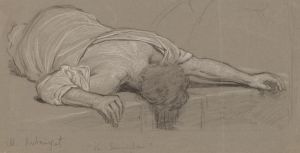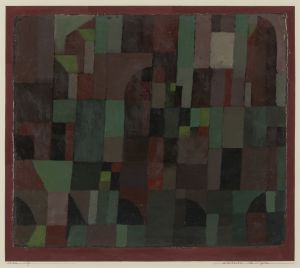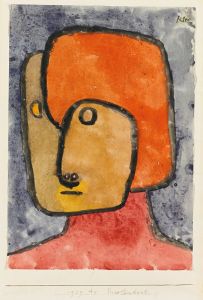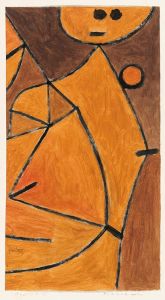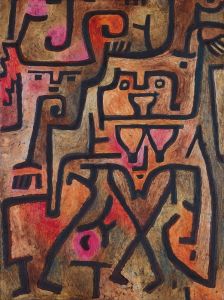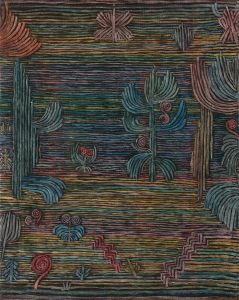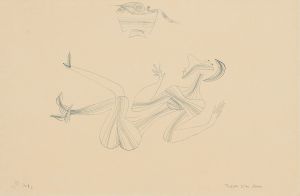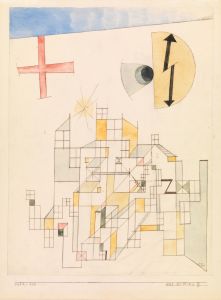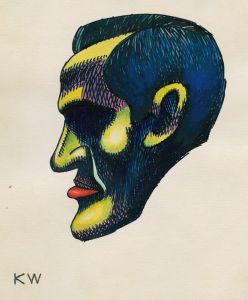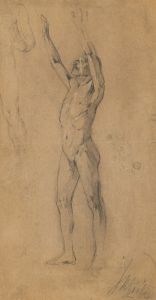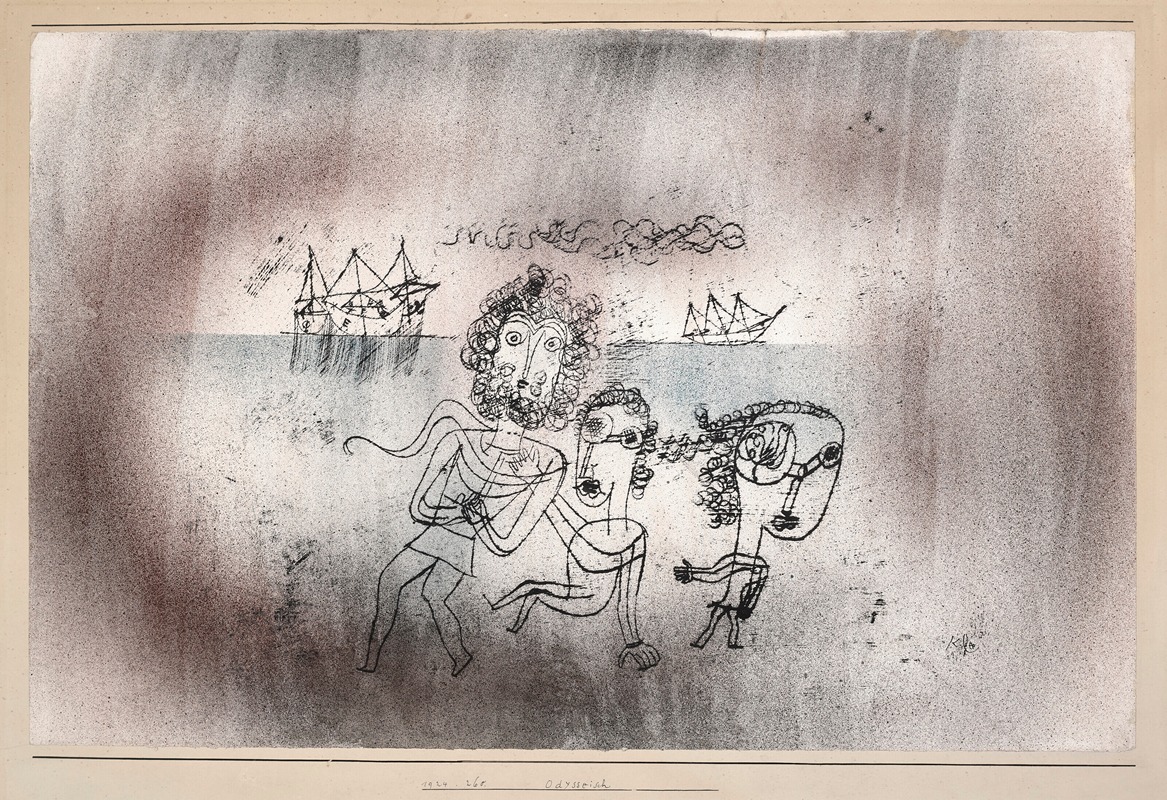
Odysseisch
A hand-painted replica of Paul Klee’s masterpiece Odysseisch, meticulously crafted by professional artists to capture the true essence of the original. Each piece is created with museum-quality canvas and rare mineral pigments, carefully painted by experienced artists with delicate brushstrokes and rich, layered colors to perfectly recreate the texture of the original artwork. Unlike machine-printed reproductions, this hand-painted version brings the painting to life, infused with the artist’s emotions and skill in every stroke. Whether for personal collection or home decoration, it instantly elevates the artistic atmosphere of any space.
Paul Klee's "Odysseisch" is a notable work by the Swiss-born artist, created in 1924. Klee, a prominent figure in the early 20th-century art world, was associated with various art movements, including Expressionism, Cubism, and Surrealism. His work is characterized by a unique style that often blends abstraction with figuration, and "Odysseisch" is a testament to his innovative approach to art.
"Odysseisch," which translates to "Odyssean" in English, reflects Klee's interest in themes of mythology and adventure, drawing inspiration from Homer's epic, "The Odyssey." The painting is part of Klee's exploration of narrative and symbolic content, where he often infused his works with a sense of storytelling and allegory. This piece is a fine example of Klee's ability to convey complex ideas through simple forms and vibrant colors.
The painting is executed in Klee's signature style, which often includes a grid-like structure, geometric shapes, and a vivid color palette. These elements combine to create a sense of movement and rhythm, echoing the journey and trials faced by Odysseus in the epic tale. Klee's use of color is particularly noteworthy; he employs a range of hues to evoke different emotions and atmospheres, guiding the viewer through the narrative landscape of the painting.
Klee's work during this period was heavily influenced by his time at the Bauhaus, where he taught from 1921 to 1931. The Bauhaus was a revolutionary art school in Germany that emphasized the integration of art, craft, and technology. Klee's teaching and artistic practice at the Bauhaus significantly impacted his approach to composition and color theory, both of which are evident in "Odysseisch."
The painting's abstract nature allows for multiple interpretations, inviting viewers to engage with the work on a personal level. Klee's ability to balance abstraction with recognizable forms enables the painting to resonate with a wide audience, transcending cultural and temporal boundaries. This universality is a hallmark of Klee's work, as he often sought to express fundamental human experiences and emotions through his art.
"Odysseisch" is housed in the Zentrum Paul Klee in Bern, Switzerland, a museum dedicated to the artist's life and work. The museum holds a significant collection of Klee's works, providing insight into his artistic development and the various themes he explored throughout his career. The painting is an important piece within this collection, exemplifying Klee's mastery of form, color, and narrative.
In summary, Paul Klee's "Odysseisch" is a compelling work that showcases the artist's innovative approach to art-making. Through its abstract forms and vibrant colors, the painting captures the essence of adventure and exploration, themes central to the story of Odysseus. As part of Klee's broader oeuvre, "Odysseisch" highlights the artist's ability to blend abstraction with narrative, creating works that continue to captivate and inspire audiences worldwide.





